As the year of 2021 kicks off, new-style tea drink continues its expedition to capture more customer groups, while in contrast, traditional tea leaves and tea drink still fail to trigger interests and shake off its stereotyped label with traditional lifestyle. For the Chinese market, how to make tea brewing interesting is not a new question. In answer, a good ‘essay’ is submitted by Siyi Ren with her start-up brand TPlays and novelty tea balls as cute as candies.
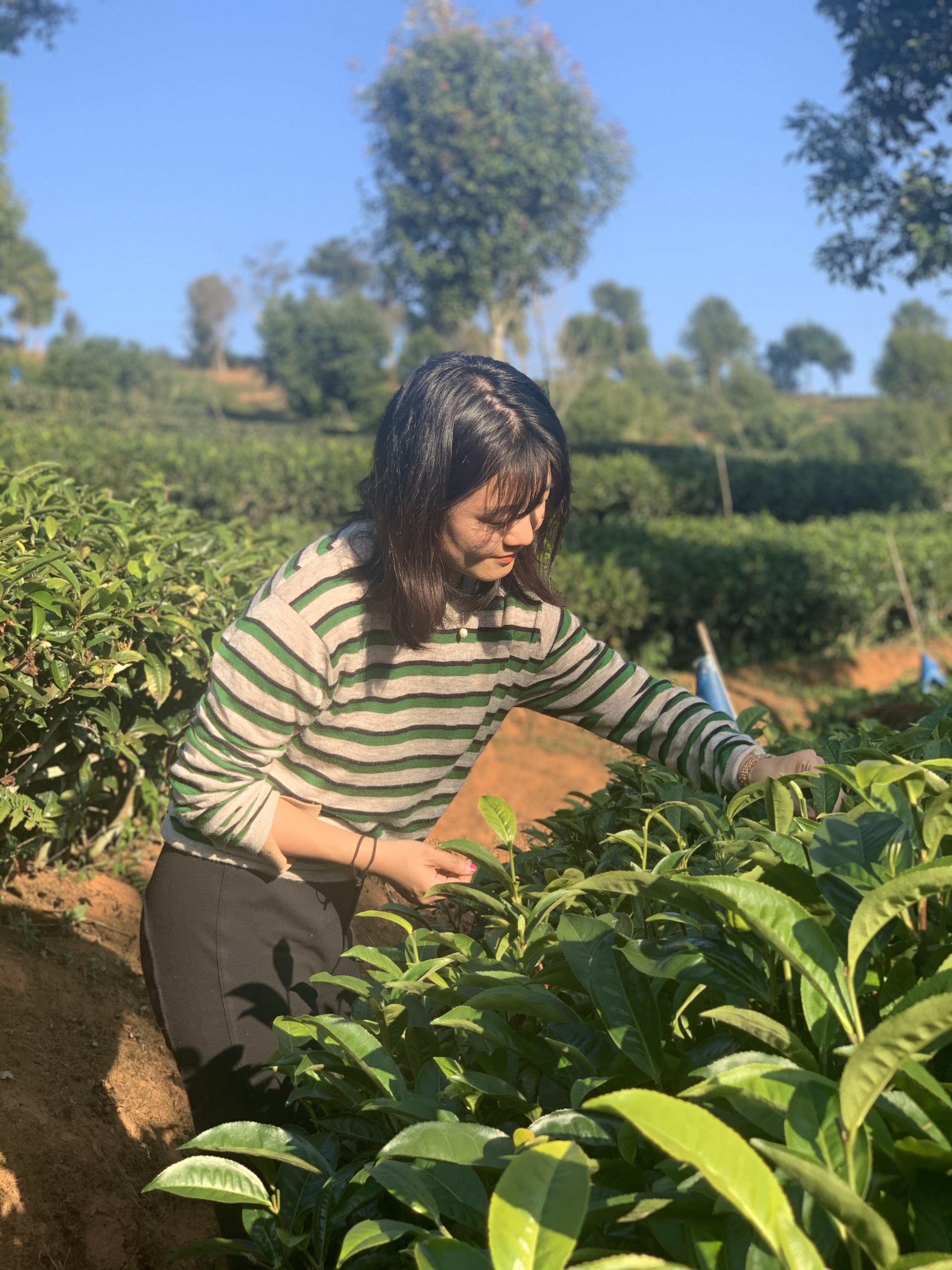
Take Cues from A Multicultural Tea Party
Before Siyi took on the identity of TPlays founder, her career had nothing to do with start-ups or tea leaves. After graduating from Guangdong University of Foreign Studies, she applied to study business management in ESADE Business School, Spain, and later got a degree of marketing in Rotterdam School of Management, Netherlands. She embarked on her career journey as a Chinese market promoter for a time-honored German manufacturer, where her outstanding performance secured her a contract due to expire in 2052. “The lifelong contract felt like a life imprisonment to me.” She recalled with a wry smile.
The German company with an ego of rigor seemed to draw a finish line for Siyi’s career journey. But it was not where she wanted to end. In business schools, she was fascinated with case studies from large-scale enterprises and luxury brands. In her passion for fashion and traditional culture, a question faded in: as your face represents your culture, how to use Chinese identity to convince foreigners and make traditional Chinese culture fashionable? The first cultural symbol that came to her mind was Chinese tea.
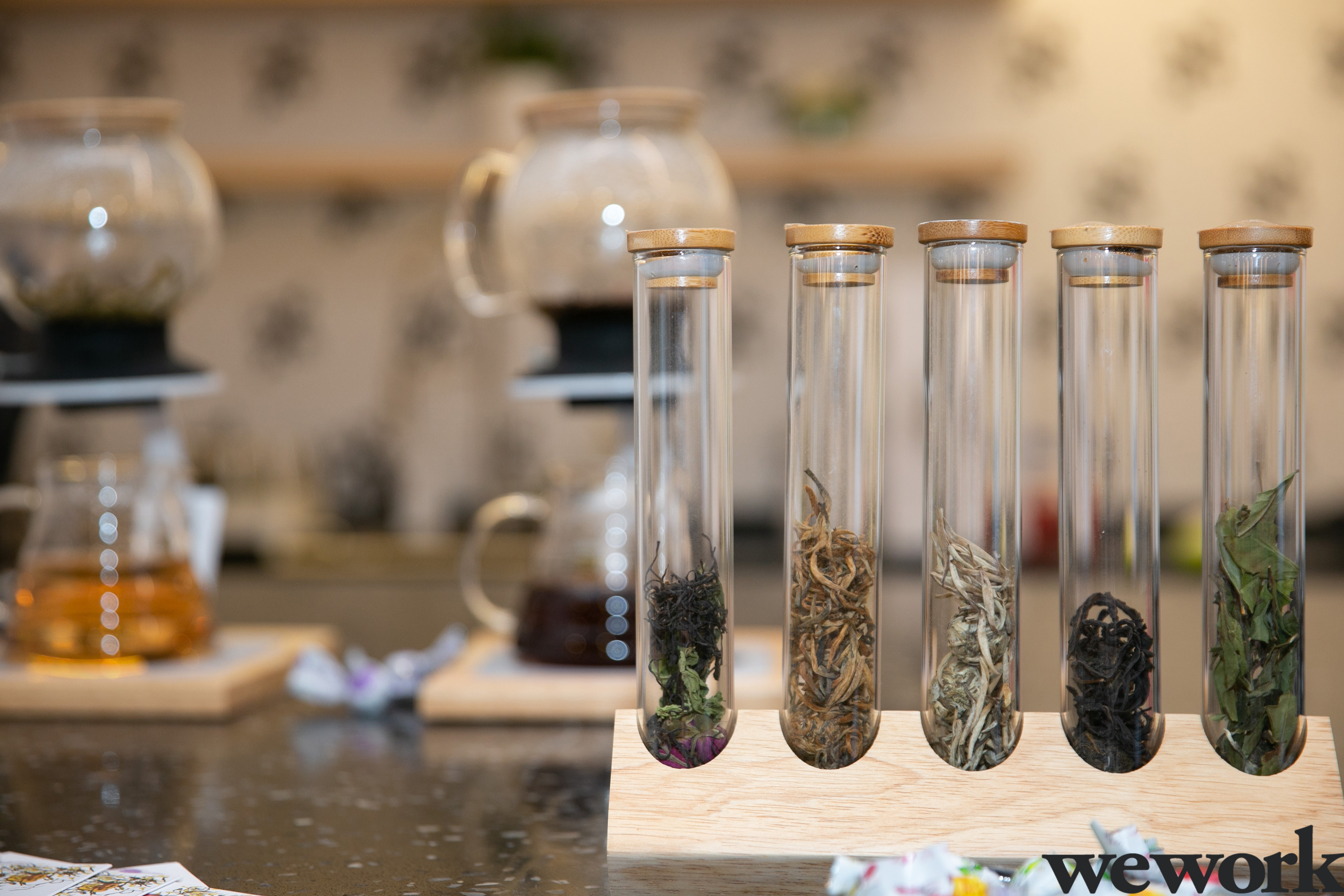
In 2014, she started to organize tea parties as a trial at her place in Mannheim and called for visitors on the website meetup.com. Though she only had two guests at first, she attracted 286 loyal guests from 20 countries in early 2015—after just eight months. As the organizer, Siyi would bring back tea from good tea mountains after she went back to China for business and share lovely tea stories. In their fourth session, she handed the microphone to her guests and encouraged them to share their tea culture. As Siyi said, “Only a few of our members were German. Most of them came from Israel, India, Britain, Canada and Switzerland. We communicated in English.”
When she learnt other forms of tea drink from these stories, her idea about Chinese tea was gradually overturned. “The delicacy and flexibility of tea is still a virgin land to explore. In the case of Chinese tea, it normally appears as pure tea, and only red tea is known to the world, with the other five types of tea—green tea, white tea, oolong tea, black tea and yellow tea—nameless. Besides, there is a large room to blend rich aroma and flavors of different tea. When I found there was a lot to dig out, I started to think about brand building and systematic operation.”
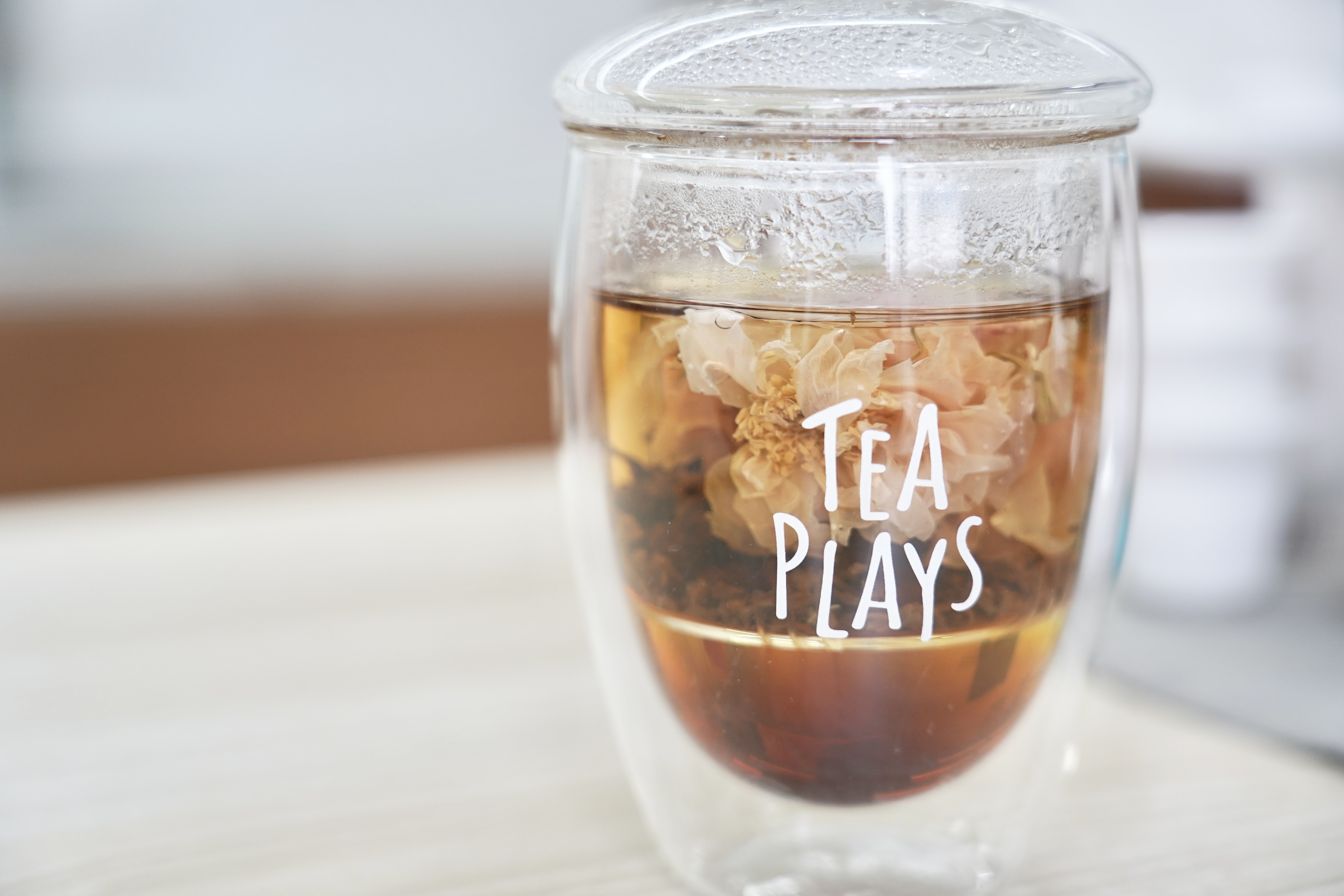
From ‘Going Global’ to ‘Going Home’
After going back to China, Siyi worked on her oversea resources to make the initial plan for TPlays. Back then, there were only four people in the team, including herself. As Siyi recalled, the other three were from Brazil, Russia and Austria and “couldn’t read even one single Chinese word.” She believed they “had no strengths in the general Chinese market, not to mention joining the fight in white-hot tea drink market.” Based on the situation, she made the natural decision of “going global” and chose America, German and Brazil as their first destinations.
Quality is the first priority for Siyi. When TPlays developed tea products, she looked up tea leaf lists of ECOCERT, cooperated with qualified tea gardens and tea factories, and applied for organic certification from FDA before launching in the market. When it came to ingredients, Siyi specially selected middle- and relatively-large-sized tea leaves which were of high quality and nutrition, suitable for long-time brewing and pressing, and certificated in China. With the selected tea as base, other premium ingredients like mint, rose, rosemary, ginseng and hawthorn were added to present flavor with multiple layers. “We must waste no effort in quality control. No matter how great the tea leaf is, the quality of blended products with flowers would be lower than pure tea. In this way, it will be satisfying only when all the ingredients are at their peak quality.”
But it didn’t go well. Headquartered in China, though TPlays successfully finished its incubation in America, it struggled to promote marketing and cooperation with KOL due to the large time difference, especially when staff were caught up with product development and package design. Siyi took a breath and looked at her original aspiration. She realized that credibility is essential to make a Chinese tea brand. “If a Chinese tea product doesn’t get acknowledged by its home market, how can it convince foreign customers?” In 2019, she changed the track for TPlays and recruited Chinese staff, marching to the Chinese market in full swing. She decided to step onto the global stage when the brand got more reputation and funding.
Tea Bonbon Designed for Youth
In modern days, the routine of tea is barely changed: it still shows up with the verb ‘savor’ in Chinese, and the tea name normally comes from its place of origin. For most of the young, tea is something with distance. However, Siyi doesn’t give up bringing tea to youngsters. She believes a lower entry for specialty tea would raise awareness and understanding of tea, and thus designs her products for fast consumption.
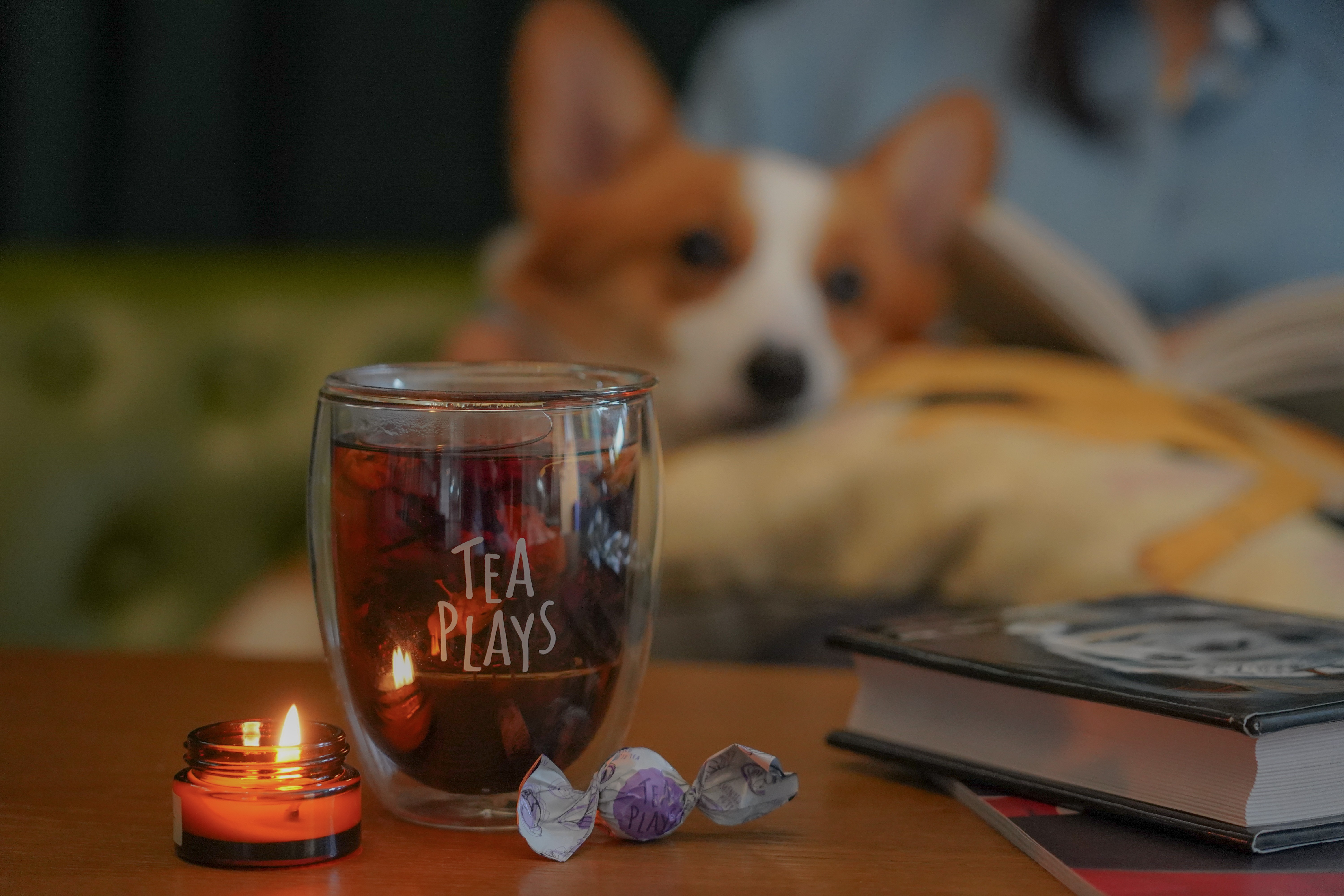
Scenario-based Functional Tea for Conditioned Reflex Instead of following the mainstream to define products with flavors, TPlays chooses scenario-based labels like “Good Morning”, “Brainstorming”, “After Lunch” and “Sweet Home” to better resonate with customers. For example, “After Lunch” would be a perfect drink for a fitness trainer, as the fresh flavor of hawthorn and jasmine can remove the heavy feeling of a high-calorie and high-glucose oily lunch, creating a physical and emotional comfort. “Sweet Home with rose aroma has healing power at night. The name has a psychological effect and echo with the feeling of drinking it. It silently delivers the message that you need tea and makes you want tea.” Besides, TPlays has novelty recipes that helps it stand out from the crowd, like integrating chewy ingredients like hawthorn and ginseng into tea to make it easier to intake, and using special fruit (siraitia grosvenorii) to make tea sweeter.
Candy Shape to Trigger Childhood Memory Because of her family’s restriction on junk food in her childhood, Siyi grew up to be a passionate collector for snack souvenir cards, and always feels happy when she receives fortune cookies with warm messages in Chinese restaurants abroad. These little surprises dress her tea products with candy wrappers. “I want to give young Chinese tea a tiny sense of surprise and excitement, just like how you feel when you opened candy wrappers as a child.” With the belief of “simple is full”, Siyi decided to adopt a simple brewing method: just take off the wrapper and throw the tea ball in hot water. She once planned to design a professional tea brewer, making sure everyone can make a cup of high-standard tea. Yet she gave up the idea as she recalled that her parents just added random amount of water which they felt right. Such cultural DNA and extra learning requirement for customers made the tea brewer not a good idea. “Take the tea out of your pocket and share it with your friends. This simple way sounds warmer.”

Artistic Interpretation to Reduce Life Stress With a moniker of ‘dragon ball’, TPlays joins hands with other IPs like Taki Taki, HEMASHOP and RISHIJI in its fast-consuming journey. Its cross-boundary work “Great Artist Series” with Santu Song, an artist in Shenzhen, is a hot item on digital commercial platforms. As the founder, Siyi always stands with youngsters to choose fashionable and fun partners. The packaging for four trademark products – FUDING autumn white tea, Lixiang wild black tea, Jasmine tea in Hengxian County and Huaxiang Qilan oolong tea – are decorated with remade versions of famous paintings like Girl with a Pearl Earring, Thorn Necklace and Hummingbird, Sunflower and La Grande Odalisque. With cute art and Chinese tea, they can grace your office desk and your mood, giving you a small stress-free space. “I don’t like toeing the line and I want to have something different every day.” For Siyi, the regular change of packages and flavors makes customers stay with tea. She once even planned to sell Tea Bonbon in gashapon machines. “As a tea product with Chinese DNA, Tea Bonbon can get popular in many fun ways.”
TPlays also teams up with Seesaw Coffee, a Shanghai-originated specialty coffee brand. The two brand founders share the same idea: to provide a light and modern offline tea drink experience in the bipolar market, between the new-style tea drink including milk tea and traditional tea. So they did. TPlays becomes the exclusive partner for Seesaw, and fills its gap of having no physical stores.

Many brands tend to take pride in ‘making choice ahead of customers’ when they launch product categories. Sometimes, they even give their single-sided definition of ‘only choice’. This happens to tea and coffee, as the differences of types, flavors and styles are overemphasized, making tea and coffee a ‘either-or’ question. Even some brands offering tea coffee drink fail to drop off this stereotype. For Siyi, “you must choose one” is not right, As a tea brand founder, even she can’t resist a cup of morning coffee which perks her up. “I don’t think it should be ‘tea or coffee’, because the two drinks offer completely different experience and nature. Tea is like Chinese painting which gives you space to savor and imagine, and many expect the finish of sweetness. Coffee is rich and direct like Western canvas. For me, ‘tea and coffee, why not?’ We can respect the two drink aesthetics and culture.” She insists that brands shouldn’t force customers to pick one and say no to the other. For her, it is not possible for customers, and even the two drinks being crashed together and blended would bring more fun.
TPlays can deliver its brand message just by showing its differences from other competitive products. Through this way, it can find potential customers in different overlapped layers and circles, and make young Chinese tea a brand. This is how TPlays revive traditional Chinese tea.
Q&A
Why did you design every Tea Bonbon to be 5 grams?
At first, we wanted to make it as light as 4 grams, making it easy to carry. However, we could only reduce the weight to 5 grams. But we made a technical breakthrough last year. Since this year, we will sell the 4-gram version to our customers, but the 5-gram version is still available in business suppliers. You still just need to put one Bonbon in the tea pot, and the two versions have no difference in brewing times. We have a standardized process to press tea balls. When you brew the ball, it gradually becomes completed tea leaves, basically with no fragmented tea bits.
What other products will TPlays launch in the future?
This spring and summer, we will launch tea bags for fruit tea not suitable for pressing or demolding. What we want to make is advanced and young Chinese tea. We don’t want to be limited by any form or technique problem. We will serve our product in a tested way that we feel comfortable and convenient. We will make breakthroughs in how people normally drink tea, while improving based on our understanding about flavor and flavor-blending.
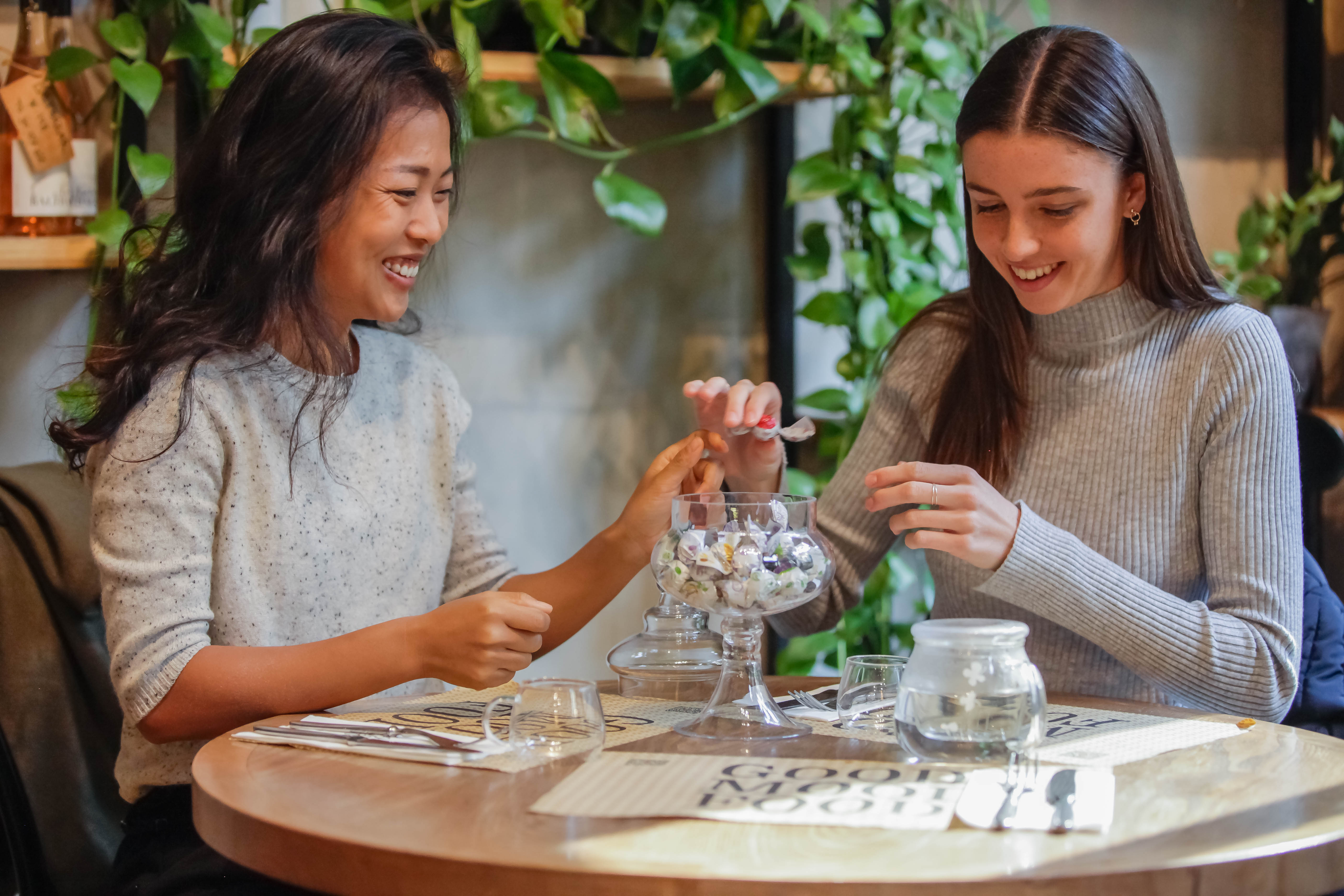
Behind Scene:
At the end of last year, an international documentary film team found Siyi, hoping to create a video about how she visited those tea mountains. “I once spent three years on visiting tea mountains. As many people think it is unprofitable, they want to know how I think about it.” When the documentary film got approval, Siyi led the team to Yunnan and made one episode in eight days. New to filming and voice recording, she was very impressed and wanted to have a look at other occupations and industries. “When our ideas crashed together, we tried to jump out of the routine. This experience also allows me to look back at the three years. It is valuable.”



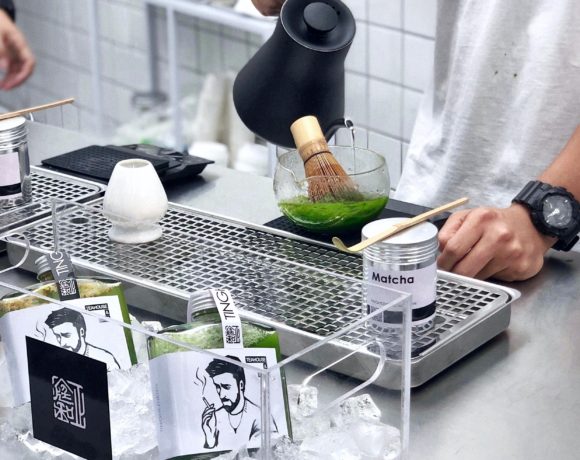
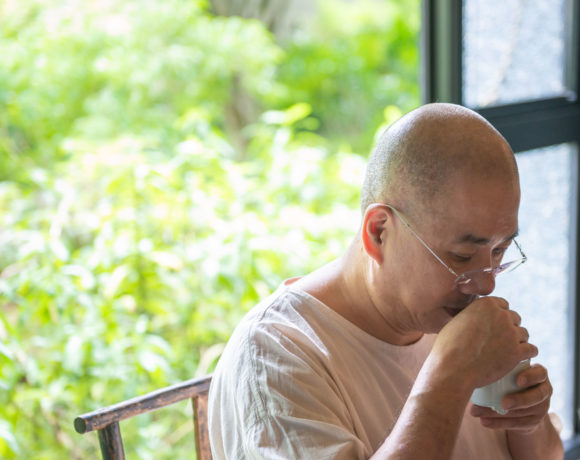
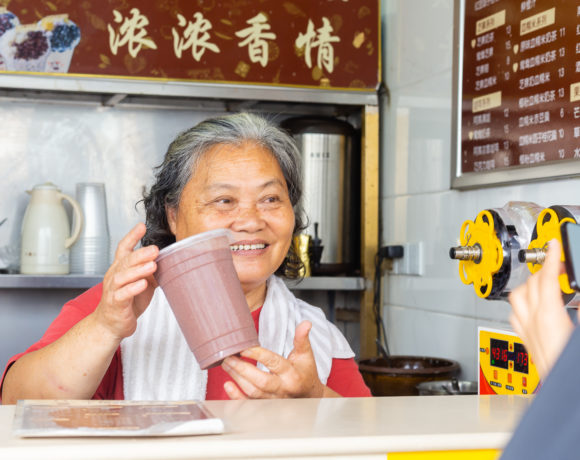






NO COMMENT